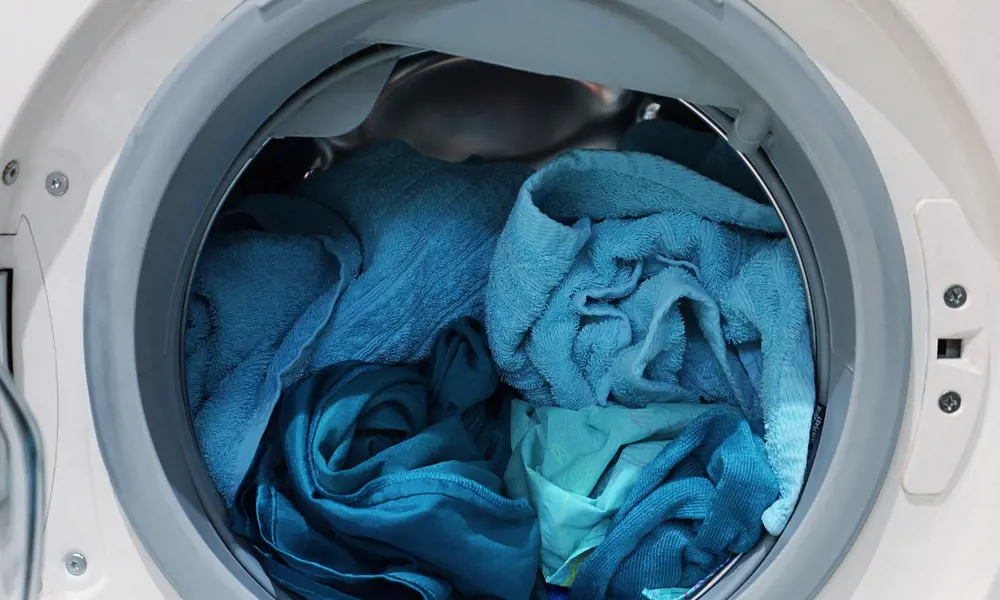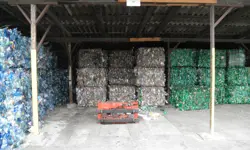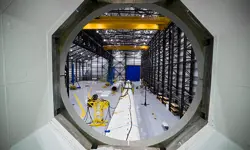
Repair or replace – what drives a circular economy?
When the ‘right to repair’ regulations came into force in July 2021 some commentators heralded it as a major shift in the dynamics of the circular economy, predicting that this would open the gates to a new era of repair rather than replace, driving a step-change in extending the average lifespan of consumer electrical goods.
But is that likely to be the case? To consider the impact of this change, we should reflect on what drives repair versus replacement and what motivates us when faced with appliances that no longer operate as intended.
What drives appliance replacement?
Domestic appliances are ubiquitous in terms of household penetration. There are an estimated 170 million large and over 300 million small appliances in the UK’s 29 million homes. Of the 15 million new appliances sold in the UK last year, most replace an existing product, so what drives this replacement purchase?
We take for granted that appliances usually run reliably for years with no requirement for maintenance or servicing, providing a consistent level of performance at the touch of a button. We keep appliances for longer than many of us realise. In 2020, Which? reported that in the UK, on average, large appliances are kept for between 16 and 23 years, depending on the type of appliance. So, based on this length of ownership is it realistic to expect householders to extend the life of their appliances even longer through repair to, say, 25 or 30 years?
Appliances represent relatively high levels of value for what they deliver. From just a few hundred pounds for an appliance that will perform reliably for a decade or more, will the owner want to pay to extend the life further when they can purchase a replacement at, in real terms, no higher a cost than they paid over 10 years ago? Many consumers choose to replace an appliance not because a repair is impossible, but because the appliance has served them very well and they wish to upgrade to an appliance with greater energy efficiency, performance and features.
There are an estimated 170 million large and over 300 million small appliances in the UK’s 29 million homes.
Manufacturers and engineers in the repair process
Manufacturers do not actively aim to prevent repair options. All reputable brands work to maximise customer satisfaction, as happy customers return to buy the same brand again and again. In reality, demand for repair is driven by cost factors. Maintaining an inventory of spare parts incurs cost that needs to be reflected in the price of spares. Repair engineers must be trained and paid a competitive wage: they have vehicles to run and service centre overheads to meet.
Many manufacturers keep commonly requested spare parts for up to 20 years from when a model is placed upon the market. Holding spare parts that are never required is costly and has a huge negative environmental impact: if there has been no demand for them, they must be destroyed or recycled at end of life. The regulations only enforce requirements for washing machines, washer-dryers, dishwashers, refrigerators, and TVs (so electrical goods such as smartphones and laptops are not covered). However, responsible manufacturers are working hard to ensure that they offer a consistent level of support across all the categories that they sell.
There has been much talk about encouraging consumers to conduct their own repairs and maintenance. This has the potential to be a serious safety issue where repairs are undertaken on appliances that use high voltage, have high speed moving parts or generate heat as part of their operating cycle. There is a reason that it takes several years to fully train a repair engineer. Appliances can be complex to fault diagnose and repair and much of the training focuses on safe disassembly, repair and reassembly. We would not want to encourage untrained personnel to attempt more than very simple repairs, such as replacing door seals, shelving or fixing cosmetic parts, to do otherwise would be irresponsible for us as an industry and could lead to an increase in appliance-related fires or personal injury.
A key factor is how modern appliances are designed from an engineering perspective; and the balance of design when considering the factors of performance, durability, and ease of component level service and repair.
A key factor is how modern appliances are designed from an engineering perspective; and the balance of design when considering the factors of performance, durability, and ease of component level service and repair. As an example, many washing machines are now designed with a fully sealed drum and motor assembly. Some repair agents have complained that this makes the appliance impossible to repair down to component level, pushing up the cost of repair should the drum assembly fail. However, there are clear design and R&D factors behind this approach. A sealed drum is proven to perform at a higher level, spinning faster, which helps clothes dry more quickly and reduces the demand for tumble drying, a major use of energy. Sealed drums also have a longer operating life and are quieter when running, factors that are important to the user. They can also be more cost effective to volume manufacture, so when you add all these things together the benefits of modular design and assembly far outweigh the negatives.
The other factor when considering repair or replace is the relative efficiency of older versus newer appliances. For example, fridge freezers now use 40% less energy than those sold a decade ago and washing machines 35% less water. 15% of an average home’s energy consumption is used to run appliances and therefore we need to maintain the replacement cycle of older versus newer appliances to reach the target of net zero homes as once built an appliance does not become more energy efficient.
Sustainability considerations for customers
Understandably, there is concern over the environmental impact of end-of-life appliances. We must ensure that they are captured, sent to regulated recycling centres and fully recycled, ensuring zero waste to landfill and the recovery of all reusable materials and precious metals. Manufacturers ensure that appliances that are collected when new models are delivered are recycled through authorised and regulated treatment centres. Models are also routinely stripped for commonly requested spare parts to extend the life of older appliances. This provides a cost-effective route to source spare parts that are no longer in production and can help third-party repair agents access hard to obtain parts.
Markets respond to demand, so if the customer requests it, my belief is that the manufacture and repair networks will respond to these demands.
It is reasonable to expect that appliance purchasers will increasingly consider the environmental impact of appliance ownership and therefore, where a repair is seen as a suitable alternative to replacement, the demand for extended life will increase. Markets respond to demand, so if the customer requests it, my belief is that the manufacture and repair networks will respond to these demands.
AMDEA research shows that sustainability considerations are moving up the agenda for most customers. However, interest appears to more driven by improved energy and water efficiency and end-of-life recyclability, rather than a demand for greater repairability.
There are many steps we can take to support better choices being made. From ensuring the right appliances are chosen, to encouraging greater use of the eco settings manufacturers have designed – especially on washing machines and dishwashers as this can reduce energy and water consumption by over 50%. Manufacturers have a responsibility to ensure that repair information is easy to find and that serviceable parts are easy to access and replace. And we all need to separate all our end-of-life electricals to ensure they reach designated recycling points.
***
This article has been adapted from "Repair or replace- what drives a circular economy?", which originally appeared in the print edition of Ingenia 91 (June 2022).
Contributors

Paul Hide is the CEO for AMDEA (the Association of Manufacturers of Domestic Appliances). AMDEA is the UK trade association for manufacturers of domestic appliances, large and small. Its members represent over 80% of the UK domestic appliance market, rising to 95% for large white goods. Paul’s experience spans 30 years in the consumer technology sector. He is also a Trustee of the Electrical Safety Board, a tech startup adviser, and a Road Racing Commissaire for British Cycling.
Keep up-to-date with Ingenia for free
SubscribeRelated content
Environment & sustainability

Recycling household waste
The percentage of waste recycled in the UK has risen rapidly over the past 20 years, thanks to breakthroughs in the way waste is processed. Find out about what happens to household waste and recent technological developments in the UK.

Upgrade existing buildings to reduce emissions
Much of the UK’s existing buildings predate modern energy standards. Patrick Bellew of Atelier Ten, a company that pioneered environmental innovations, suggests that a National Infrastructure Project is needed to tackle waste and inefficiency.

An appetite for oil
The Gobbler boat’s compact and lightweight dimensions coupled with complex oil-skimming technology provide a safer and more effective way of containing and cleaning up oil spills, both in harbour and at sea.

Future-proofing the next generation of wind turbine blades
Before deploying new equipment in an offshore environment, testing is vital and can reduce the time and cost of manufacturing longer blades. Replicating the harsh conditions within the confines of a test hall requires access to specialist, purpose-built facilities.
Other content from Ingenia
Quick read

- Environment & sustainability
- Opinion
A young engineer’s perspective on the good, the bad and the ugly of COP27

- Environment & sustainability
- Issue 95
How do we pay for net zero technologies?
Quick read

- Transport
- Mechanical
- How I got here
Electrifying trains and STEMAZING outreach

- Civil & structural
- Environment & sustainability
- Issue 95